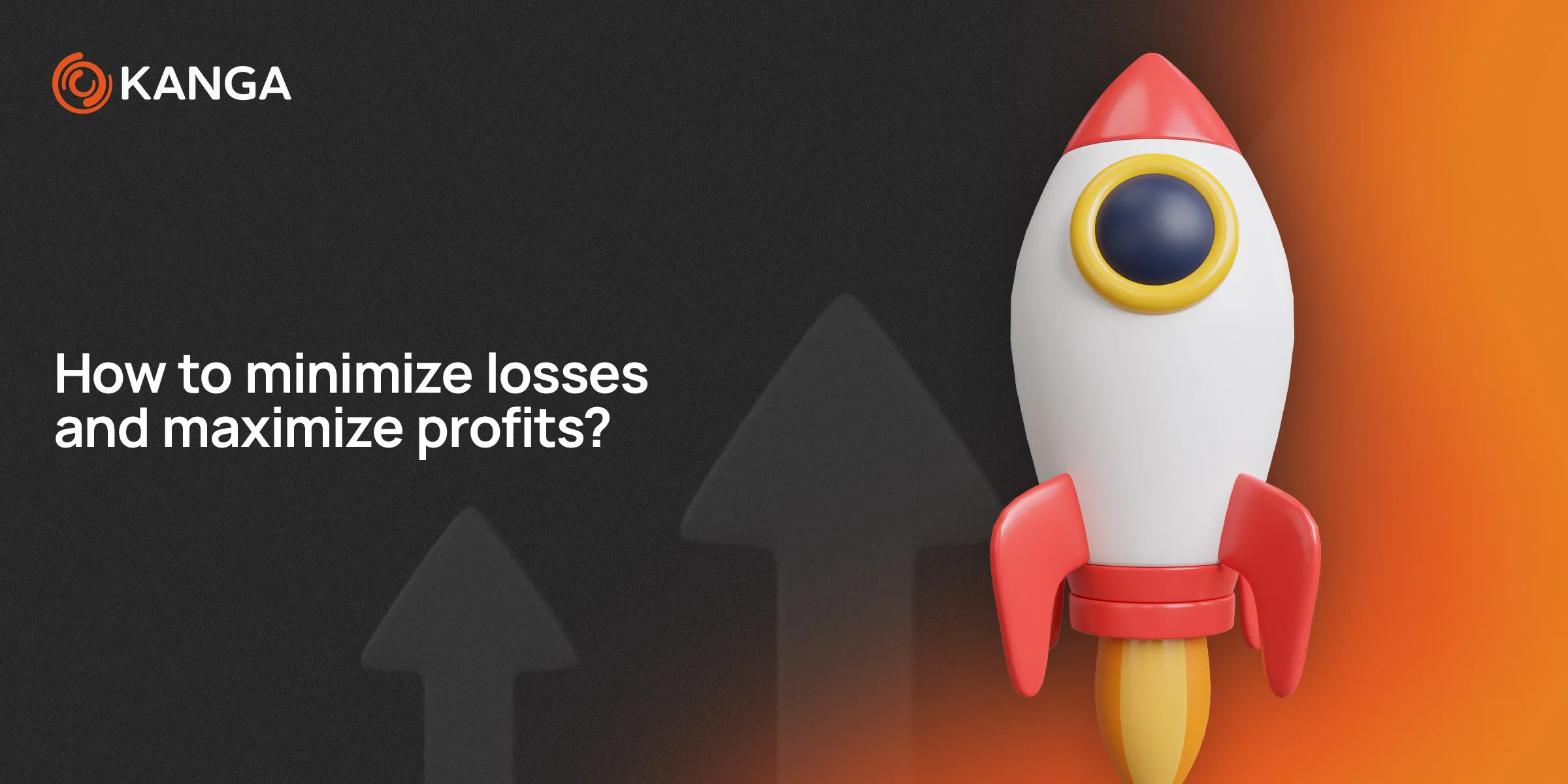How to minimize losses and maximize profits?

Written by
Zuzanna Krychowiak
Published on
What is the key element of any investment strategy? Proper capital management. This is especially important in the dynamically changing world of digital assets. Proper management of your investments can be the difference between success and financial disaster. However, it is not just a matter of mathematics and investment strategies – the psychological aspect is equally important. So how can investors effectively manage their capital to minimize losses and maximize profits?
Know yourself and your emotions
The first step in effective capital management is understanding your own emotions. Investing in cryptocurrencies, due to their high volatility, can lead to intense emotions, which in turn can lead us to make ill-considered decisions. The two main feelings that often dominate the world of investing are fear and greed. Fear of loss can lead to prematurely closing positions, often just before a trend reversal. On the other hand, greed can tempt you to hold a position too long in the hope of even greater profit, which often ends in equally violent losses.
What can we do to learn to manage these emotions? One way is to keep a “transaction diary.” By recording the technical details of the transactions we perform and the accompanying emotions, we can over time recognize patterns and patterns in our behavior that lead to ineffective decisions. For example, analyzing the diary, you might notice that decisions made under the influence of strong emotions often end in failure. This allows us to work on strategies to mitigate these emotions, such as taking short breaks from monitoring the market or establishing strict rules before making an investment decision.
Establish a risk management strategy
Risk management is not just about protecting capital – it’s the foundation for building long-term profitability. Every investor should determine what level of risk is acceptable for them. Applying the rule of limiting risk to 1-2% of capital per transaction is popular because it helps avoid significant losses that could discourage further investments or even cause investment burnout. For example, if an investor has a portfolio worth $10,000, the risk on one transaction should not exceed $100-200.
It is also worth using tools such as stop-loss orders, which automatically close a position at a specified loss level, protecting capital from uncontrolled drops in value. By implementing such strategies, an investor can focus on market analysis and looking for new opportunities, instead of being consumed by fear of the next big loss.
Diversify your investments
Diversification is the foundation of risk reduction in an investment portfolio. It’s not just about spreading funds among different cryptocurrencies, but also about diversifying asset classes. For example, in addition to cryptocurrencies, consider investing in tech stocks, bonds, real estate, or precious metals. Such a strategy reduces the risk associated with fluctuations in a specific market and allows for benefiting from different market cycles, which can stabilize profits.
For instance, if the cryptocurrency market experiences significant drops, stability can be provided by profits from real estate or an increase in stock value. Thanks to diversification, an investor can also better manage emotions, as they are not entirely dependent on the results of one sector. Financial experts often recommend having a portfolio in which no single investment constitutes more than 5-10% of the total, which is a strategy that reduces the risk of excessive loss.
Education and continuous learning
The cryptocurrency market is particularly dynamic and volatile and requires constant learning from investors. Blockchain technologies are continually being developed, new projects emerge, and legal regulations change. Therefore, it is essential to follow current news, participate in webinars, read analytical reports, or at least learn from the experiences of others. Participating in communities on platforms such as Reddit or Discord can provide valuable tips and enable access to expert analyses.
Additionally, there are many educational platforms, such as Kanga University, which offers free lessons related to cryptocurrencies, investing, and technical analysis. Using such resources can improve technical investment skills and understand the deeper mechanisms of market operations. And as we well know, this is crucial when making informed investment decisions.
Exit plan
Defining an exit plan before investing is as important as choosing the investment itself. This plan should specify at what profit and loss the investor will close the position. This allows avoiding emotional attachment to the investment and maintaining objectivity. For example, an investor may set a profit target of 20% and a stop-loss at 10%. When the investment value reaches one of these parameters, the position is automatically closed.
It is also worth having a strategy for long-term investments, such as hodl, which may require a different approach. Some investors opt for ‘laddering,’ where profits are gradually realized as the value increases, allowing partial protection of gains during uncertain markets.
Conclusion
The psychological aspects of capital management in cryptocurrency investments take on special significance in the context of their unique volatility and unpredictability. It’s not just about the numbers on the screen; it’s about the people behind those numbers, their dreams, fears, and expectations. Emotion control, continuous education, prudent risk management, and thoughtful investment diversification are the foundations on which to build lasting success in the world of digital currencies.
Investing in cryptocurrencies is not just about analyzing trends and speculations. It is also a journey into oneself, during which we learn both about the mechanics of the market and about our own emotional reactions to changing conditions. Cryptocurrencies teach humility, patience, and thoughtful decision-making, making every investor a better strategist not only in the market!